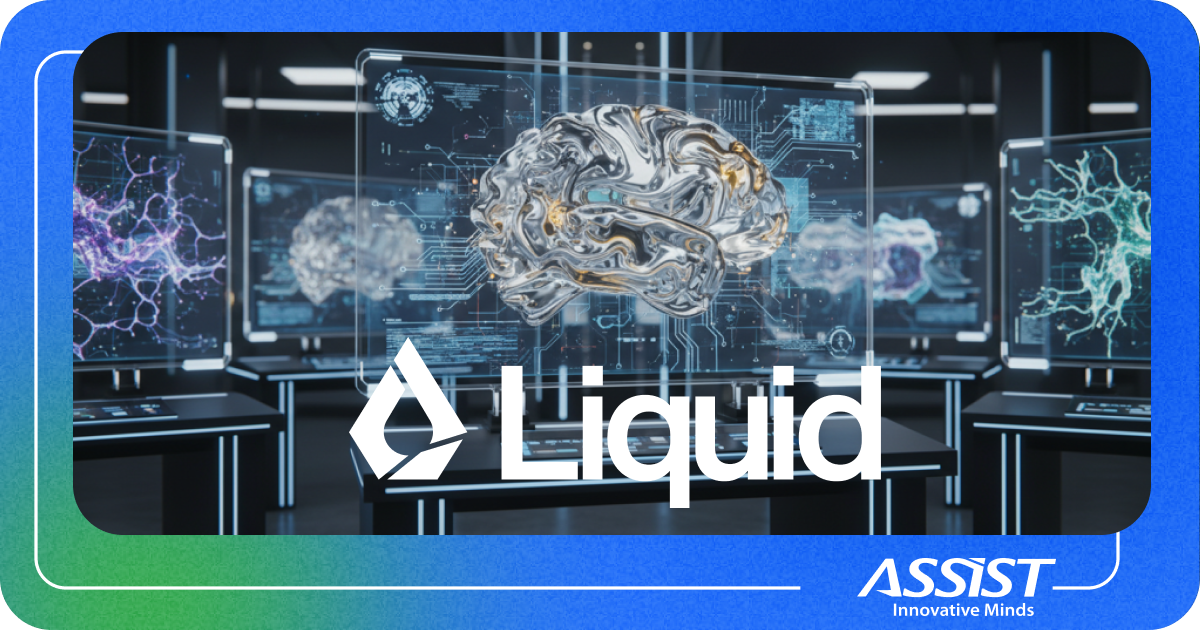Is Digital Health Trustworthy? The Rise of Telehealthcare in Europe
According to a report by Precedence Research, the European digital health market was estimated at USD 108.74 billion in 2023 and is predicted to be worth around USD 316.22 billion by 2033, at a CAGR of 10.8% from 2024 to 2033.
"Europe held the largest share of 35.09% in the digital health market. Europe's digital health market has been expanding quickly due to a number of causes, including rising healthcare expenses, an aging population, technological improvements, and government campaigns to support digital healthcare solutions." - Precedence Research
Traditional healthcare delivery models are under immense pressure, leading to an urgent need for innovative solutions to address these issues head-on. Medical devices and telehealth solutions are revolutionizing healthcare delivery and management.
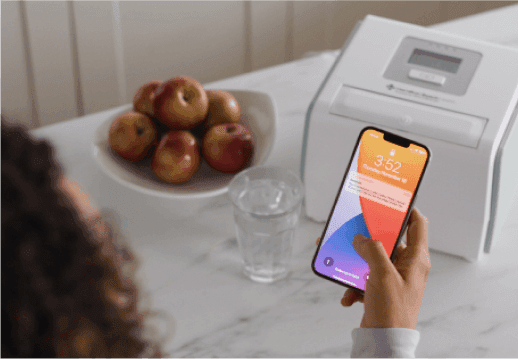
The Growing Importance of Medical Devices in Healthcare
Unsurprisingly, medical devices have become essential tools in enhancing patient care and improving outcomes. From wearable health monitors to advanced diagnostic tools, these devices transform how patients interact with healthcare providers. With real-time data collection, patient monitoring, and remote diagnostics, they are crucial in managing chronic diseases and ensuring timely interventions.
One of the most compelling examples of innovation in this space is HealthBeacon. As a smart medical device, HealthBeacon addresses a critical issue in healthcare: medication adherence. Poor adherence to prescribed treatments is a significant problem, leading to higher healthcare costs and poorer health outcomes. By monitoring patient compliance, identifying behavior patterns, and engaging patients to improve their adherence, HealthBeacon exemplifies how intelligent medical devices can transform healthcare delivery.
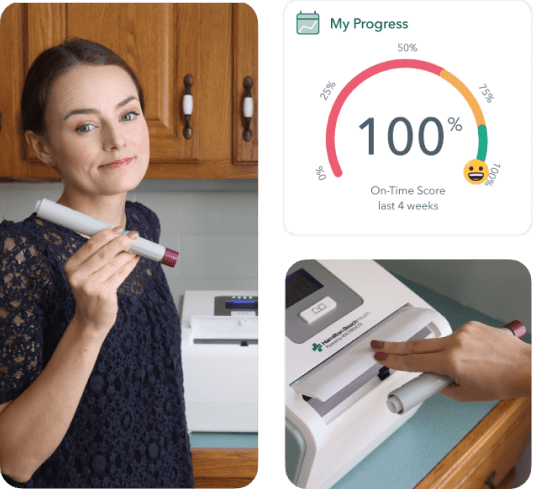
Telehealth Solutions: Bridging the Gap in Healthcare Access
As healthcare systems worldwide grapple with rising costs and increased demand, telehealth has emerged as a vital solution. Telehealth encompasses a range of technologies and services that provide healthcare remotely using digital communication tools. This approach reduces the strain on healthcare facilities and makes healthcare more accessible to patients, especially those in remote or underserved areas.
Telehealth solutions like HealthBeacon and Die Online Kinderärzte are examples of how technology can bridge the gap between patients and healthcare providers. Die Online Kinderärzte provides parents an easy-to-use platform to triage their child's symptoms before deciding on the next steps.
The key feature of this platform is its Symptom Checker, which uses decision trees created by medical professionals to guide parents through a series of questions. Depending on the symptoms, the system advises whether to administer home care, consult a doctor, or visit the emergency room. Through this app, ASSIST Software helped improve the efficiency of healthcare delivery and ensure that children receive the appropriate level of care promptly.
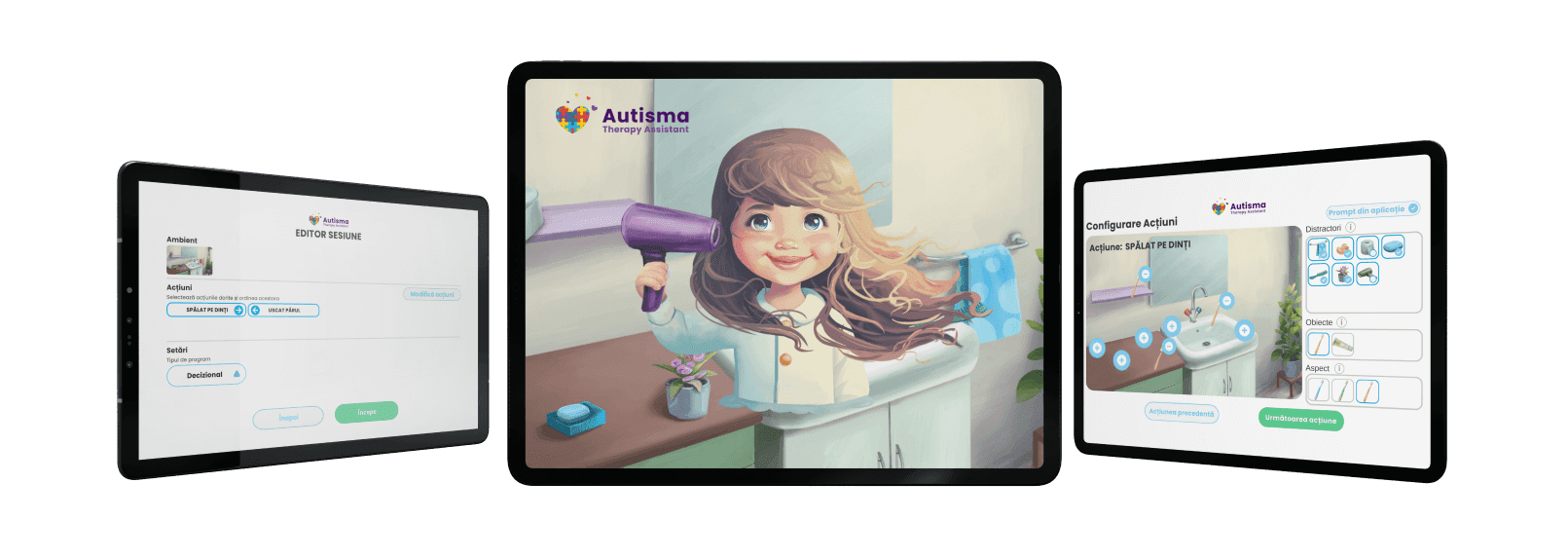
In addition, platforms like Autisma Therapy Assistant demonstrate the potential of telehealth in specialized care. This innovative solution supports the therapy and cognitive development of children with Autism Spectrum Disorder (ASD), offering a comprehensive approach that includes web and mobile applications. By providing parents, caregivers, and therapists with the tools they need to deliver consistent and effective therapy, Autisma Therapy Assistant exemplifies how telehealth can enhance the quality of care for patients with specific needs.
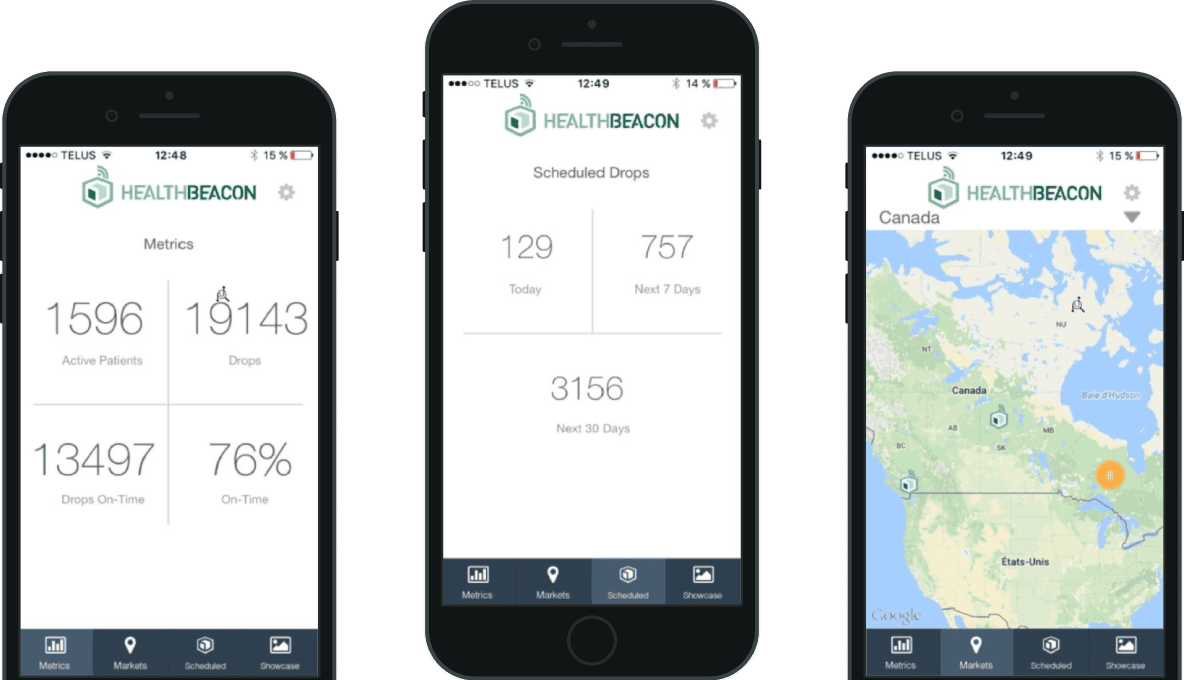
The Role of Custom Software in Advancing Healthcare Innovation
At the heart of these groundbreaking medical devices and telehealth solutions is custom software. The ability to develop tailored software solutions that meet the unique needs of healthcare providers and patients is crucial in driving the adoption of these technologies. Custom software enables the integration of advanced features like machine learning, cloud services, and real-time communication, essential in creating effective and user-friendly healthcare solutions.
For instance, the HealthBeacon platform's integration of machine learning for injection management showcases how custom software can enhance the functionality of medical devices. Similarly, the Autisma Therapy Assistant platform leverages custom software to deliver personalized therapy sessions, helping children with ASD develop essential skills in a structured and engaging manner.
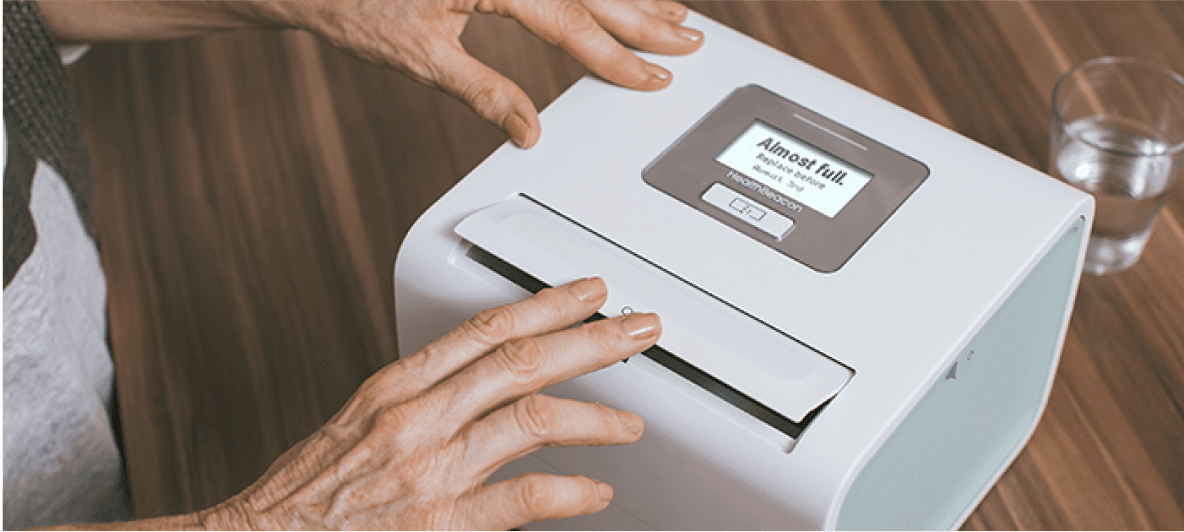
The Future of Healthcare is Here
"The healthcare ecosystem is witnessing a paradigm shift in the way the services are being delivered and consumed. This is fueled by the urgent need for a healthcare delivery model that is inclusive, high-quality, cost-effective, and decentralized. While these demands contribute to the creation of lofty goals for our society and government, the enterprising side of society is hard at work developing solutions and models to assist us to get there. The digital health model is one such alternative. From birth to death, from well to sick, digital health will dramatically improve the continuum of care by providing solutions that help individuals from birth to end of life. Digital health will aid in the achievement of several goals, including moving healthcare delivery from curative to preventive, increasing accessibility, lowering costs, improving quality, and increasing resource efficiency." - Precedence Research
The future of healthcare lies in the seamless integration of medical devices and telehealth solutions into everyday patient care. As the industry continues to evolve, the role of custom software in developing these solutions will only grow in importance. By enabling real-time data collection, personalized care, and remote monitoring, custom software sets the stage for a more efficient, accessible, patient-centered healthcare system.


